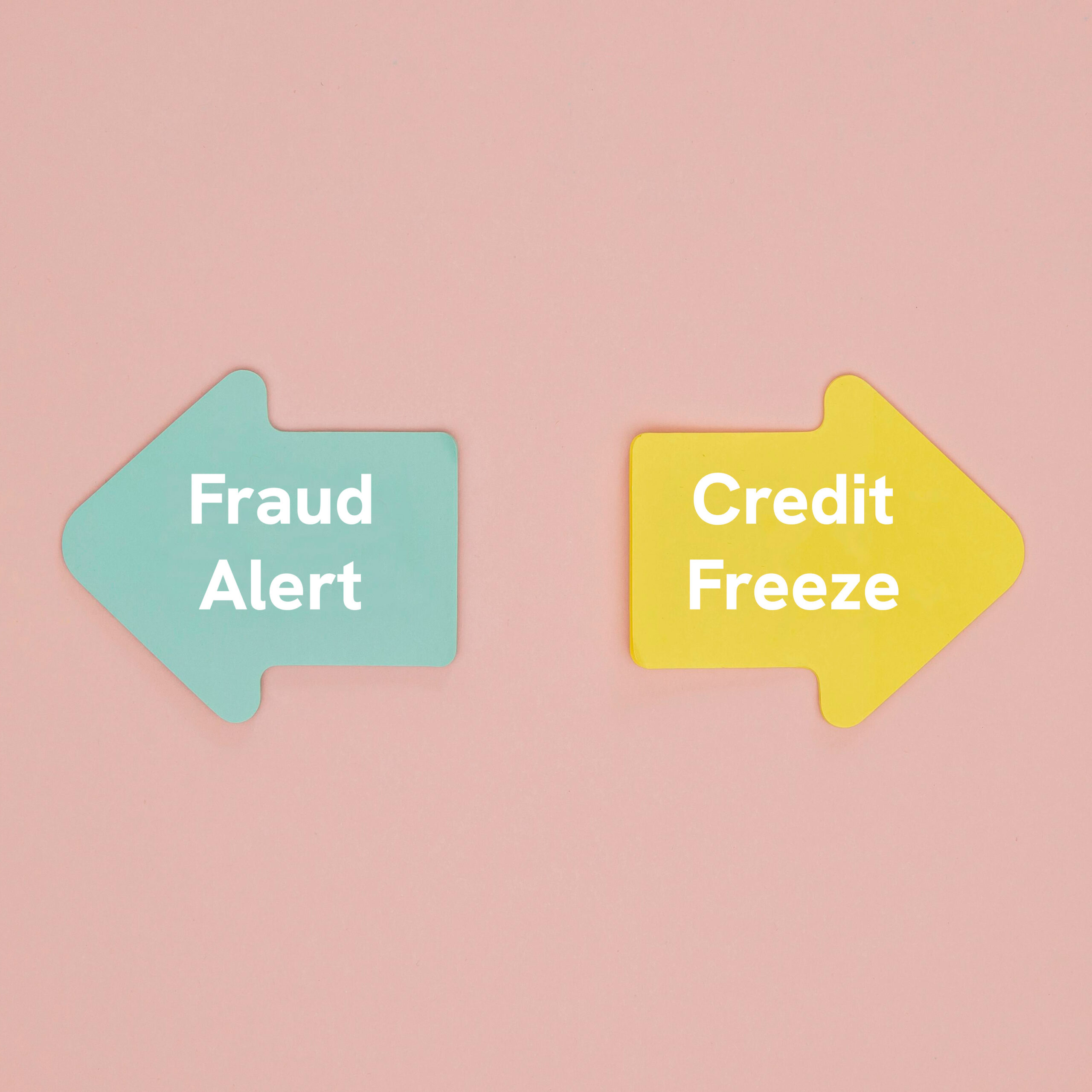10 Tips for Budgeting Your...

JVB Employee Recipes for Celebrating the Season
JVB Employee Recipes for Celebrating the Season
HOLIDAY

The holidays are full of traditions – decorations, family recipes, gatherings, and activities. We’ve put together a list of our employees’ favorite holiday recipes to offer up some inspiration this holiday season!
Beef Bourguignon
This French classic is a great dish to make on a cold winter day. Also works well with wild game.
Ingredients:
- 2-3 slices of bacon
- 2-3 lbs boneless beef roast
- 1 bottle of dry red wine (burgundy, cabernet sauvignon, bordeaux, etc)
- 2-3 cups of beef stock
- 2 tablespoons beef tallow or butter or lard
- 2 carrots
- 1 small onion
- 1 stock of celery
- 1 teaspoon minced garlic
- 1 lbs mushrooms (whole or sliced)
- 2 bay leaves
- Salt & Pepper to taste
Note: It is best to make this entire recipe in a cast iron Dutch oven or braising pot. If needed you can do the searing/sautéing in a pan then transfer to a roaster.
Directions:
- Preheat your oven to 300 degrees
- Chop bacon slices into pieces and begin frying on medium heat in your cast iron Dutch oven or braising pot until the fat is fully rendered and the bacon bits are crispy 5—7 minutes.
- While this is cooking cube your boneless beef roast into approximately 2” cubes, season generously with salt and pepper making sure to coat all sides.
- Remove bacon bits and set aside leaving the fat in the pan. Sear off your beef cubes in the bacon fat making sure to brown all sides 2-3 minutes per side remove from pan and set aside.
- Now add your mirepoix (chopped celery, onion and carrots), if there is not much bacon fat left after searing the meat you will add your tallow/lard/butter at this time. If you wish to remove the celery after the cook leave these pieces larger. Sauté the mirepoix 5-7 minutes until the onions and celery have softened. Remove from pan and deglaze the pan with red wine making sure to scrape the bottom of the pan to turn up any fond.
- Turn off heat. Add your cubed beef, bacon and mirepoix back into the pan with the mushroom’s, garlic, and bay leaves. Add 2-3 cups of beef stock so that the mixture is mostly covered by the liquid.
- Cover with a lid and place into the oven for 3 hours at 300 degrees.
- Once fully cooked the cubed beef will be very tender, if it is not, cook an additional 30 minutes and test it again. The meat should be mostly covered by liquid to ensure a braise and so the meat does not dry out.
- Once done remove all the solids from the pan and place the pot on the stovetop. Heat the liquid on medium high heat reducing the liquid by ½. This will likely take 15-20 minutes, stir frequently to avoid scorching.
- The reduced liquid will have thickened, return the solid contents back into the pot removing the bay leaves and celery if desired. Allow this to warm back up 5 minutes on low heat if needed. Season with salt and pepper as desired.
- Serve over mashed potatoes, rice or butter noodles or enjoy as a stew.
This recipe can be done in a crock pot by placing the seared/sautéed ingredients into the crockpot on low for 6-8 hours.
Sweet Potato Casserole
This easy Sweet Potato Casserole topped with pecans and marshmallows is a traditional side at our family Thanksgiving table. This comforting dish combines mashed sweet potatoes, brown sugar, and butter with a hint of cinnamon.
Ingredients:
- 3 pounds sweet potatoes peeled and cut into cubes
- ½ cup brown sugar packed
- ⅓ cup butter softened
- ½ teaspoon vanilla extract
- ¾ cup chopped pecans divided
- ¼ teaspoon cinnamon or to taste
- salt and black pepper to taste
- 2 cups miniature marshmallows
Directions:
- Preheat oven to 375°F. Grease a 9 x 13 pan.
- Place sweet potatoes in a pot of boiling water. Simmer for 15 minutes or until fork tender. Drain.
- In a large bowl (or in the pot the potatoes were cooked in), mash the sweet potatoes with brown sugar, butter, cinnamon, vanilla and salt & pepper.
- Fold in half of the pecans and spread into prepared pan.
- Sprinkle with the marshmallows and the remaining pecans.
- Bake for 25 minutes or until marshmallows are golden brown and potatoes are heated through.
Homemade Apple Pie
My favorite recipe is making homemade apple pies with grandma and dad.
Ingredients:
- Red delicious and granny smith apples
- Sugar
- A splash of apple juice
- Tapioca pearls
- Pumpkin pie spic
- Homemade pie crust
Directions:
- Peel and core the apples
- Slice the apples almost paper thin
- Soak in the apple juice with the sugar, pumpkin pie spice and tapioca pearls. Stir them around every once in a while, with your hands or rubber spatula, so they don't turn brown.
- Put the apples in the pie crust after they have sat for half an hour.
- Cover with a top crust if desired, poke a few holes in the top with a fork.
- Bake at 350 degrees until the crust is golden brown and the filling is bubbling.
Butter Pecan Caramel Bars
Ingredients:
- 2 c. flour
- 1 c. brown sugar
- ½ c. butter, softened (1 stick)
- 1-2 c. pecan halves
Caramel Ingredients:
- 2/3 c. butter, softened
- 1 c. chocolate chips
- ½ c. brown sugar
Directions:
- In a food processor, pulse the flour, brown sugar, and butter until it looks like sand.
- Press firmly into the bottom of a 9x13x2 baking dish.
- Place 1-2 c. pecan halves in a single layer over crust.
- For the caramel layer, melt the butter and sugar in microwave (30 seconds or till completely melted). Pour over pecans.
- Bake at 350° for 18-22 minutes until caramel is bubbly and crust is golden brown. Sprinkle with chocolate chips as soon as it’s out of the oven. Wait till the chips melt a bit then drag a knife through the chips to swirl. Do not spread the chips.
Soft Pretzels
Ingredients:
- 2 ¼ warm water (105-110 degrees)
- 1 Tbsp yeast
- ¼ C. brown sugar
- 4 C. flour
- 1 Tbsp baking soda
- Pretzel Salt
Directions:
- Combine and let yeast proof: 1 ¼ warm water (105-110 degrees) 1 Tbsp yeast ¼ C. brown sugar
- Add: 4 C. flour in a stand mixer, mix all together and knead it for 3-4 minutes.
- Let it rise for 20 minutes, then roll and shape into pretzels.
- In a shallow dish big enough to fit a pretzel, mix: 1 C. warm water 1 Tbsp baking soda
- Dip unbaked pretzels in water mixture and place on a parchment lined baking sheet. Sprinkle with pretzel salt and let rise 10 minutes.
- Bake at 465° for 7-9 minutes, or until golden brown.
Apple Bars
Filling:
- 6 c. apples, peeled and sliced
- ½ c. brown sugar
- 3 tsp. flour
- 1 tsp. cinnamon
- ¼ tsp. each ginger, nutmeg and cloves
Crust:
- 4 c. flour
- 1 ¼ c. Crisco
- Pinch of salt
- 1/2 c. of ice water
Glaze:
- 6 Tbsp. melted butter
- 2 c. 10X sugar
- Milk, to make a thin glaze
Directions
- Combine flour, salt and Crisco until crumbs form. Add water and stir just till it’s all combined.
- This can be done in a stand mixer with paddle attachment, just don’t overwork the crust.
- Divide the crust in two. Roll out one crust to fit an 11x15 jelly roll pan. Fill with apple mixture.
- Dot with 4 Tbsp of butter and cover with remaining crust. Cut slits in crust and brush with sour cream. Bake at 350°for 45-60 minutes or till golden brown.
- After the bars have cooled 20-30 minutes, drizzle the glaze over top.
Note: I use a variety of apples, usually Jonagold, Granny Smith and Honeycrisp. About 9-10 apples will fill an 11x15 pan.
Spinach Salad w/ Hot Bacon Dressing
Ingredients:
- 8 oz. baby spinach, washed, dried, stems removed
- 1 small red onion
- 3 eggs
- 6 slices thick cut bacon
- 3 Tbsp. red wine vinegar
- 2 tsp. sugar
- 1/2 tsp. Dijon mustard
- 1 package white button mushrooms
- Salt
- Pepper
Directions:
- Boil your eggs: place the eggs in a pot and allow them to reach a hard boil
- Fry the bacon until crispy. Remove bacon and place on a paper towel to drain. Reserve 6 Tbsp. bacon grease. Add 2 Tbsp. to a saucepan over medium heat.
- Slice the red onion thinly, then add to the saucepan over medium heat. Cook until onion is caramelized. Remove to a plate and set aside. (Optional)
- Slice the mushrooms and add to the same saucepan. Cook until brown and caramelized, remove to plate. (Optional)
- Peel and slice the eggs, chop the bacon into bite size pieces.
- For the Hot Bacon Dressing: Add reserved 3 Tbsp. bacon grease, red wine vinegar, sugar and Dijon mustard to a saucepan over medium heat. Whisk everything together and heat thoroughly.
- To a large bowl add the spinach, onions, eggs and mushrooms. Top with the chopped bacon. Pour the hot bacon dressing over the top, toss and serve.
The content provided in this blog is for informational purposes only. Nothing stated is to be construed as financial or legal advice. Some products not offered by JVB. JVB does not endorse any third parties, including, but not limited to, referenced individuals, companies, organizations, products, blogs, or websites. JVB does not warrant any advice provided by third parties. JVB does not guarantee the accuracy or completeness of the information provided by third parties. JVB recommends that you seek the advice of a qualified financial, tax, legal, or other professional if you have questions.
Related Articles
10 Tips for Budgeting Your Holiday Season
Pros and Cons of Buy Now, Pay Later
Pros and Cons of Buy Now,...
First-Time Home Buyer Tips
The Ultimate Guide for...














